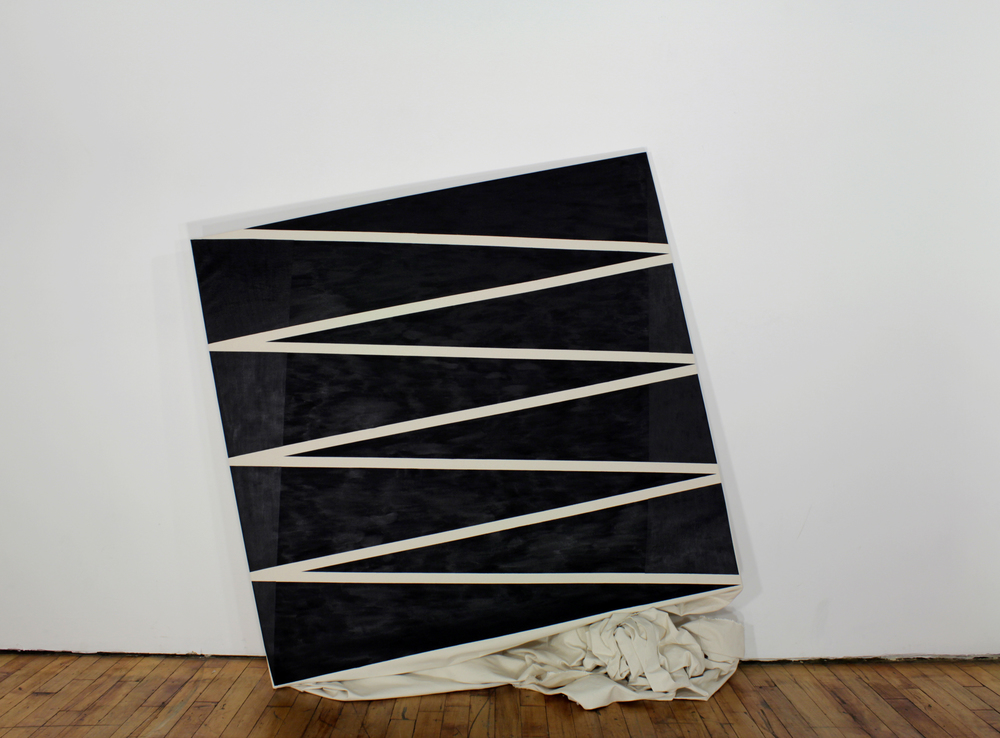
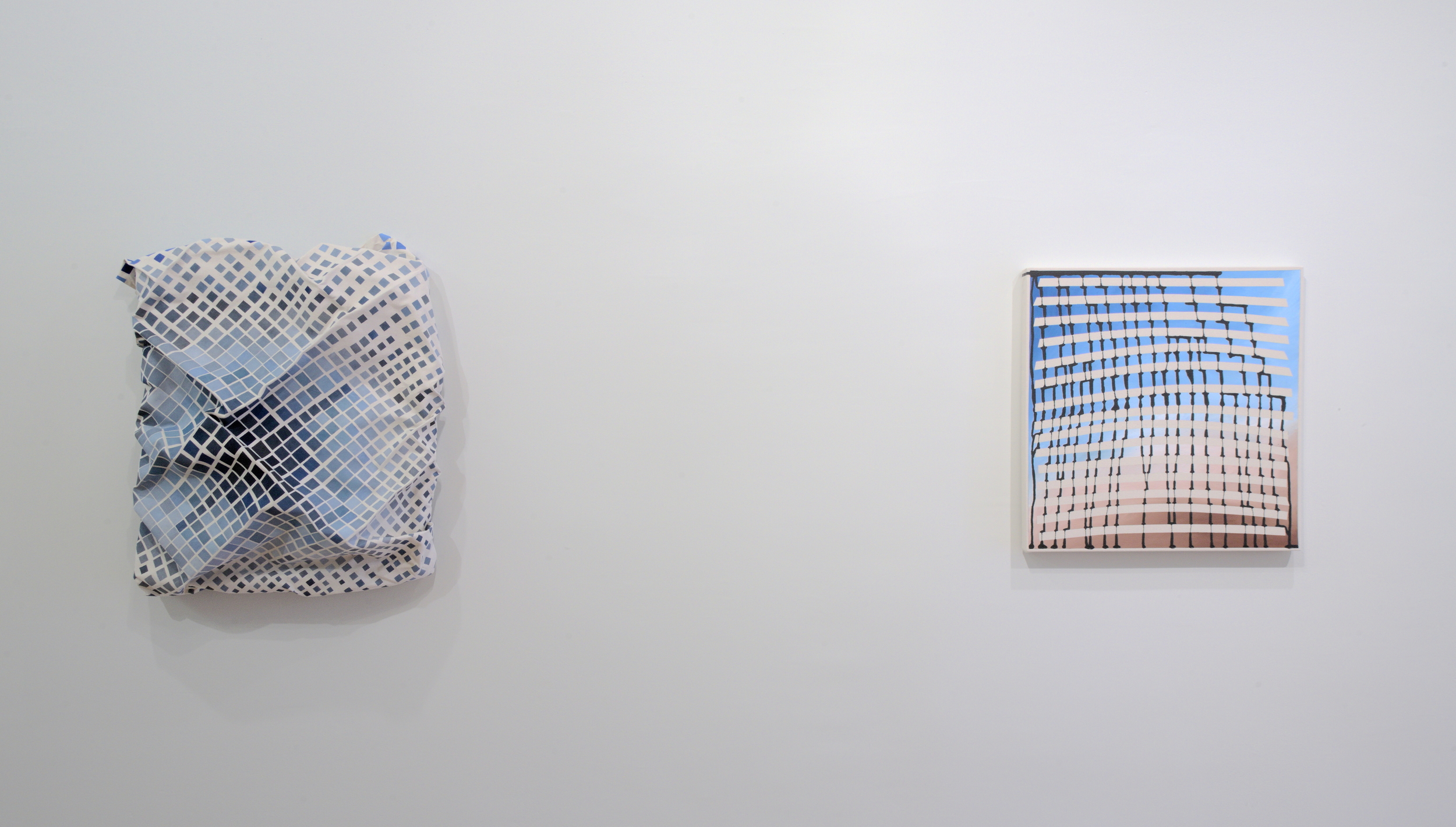
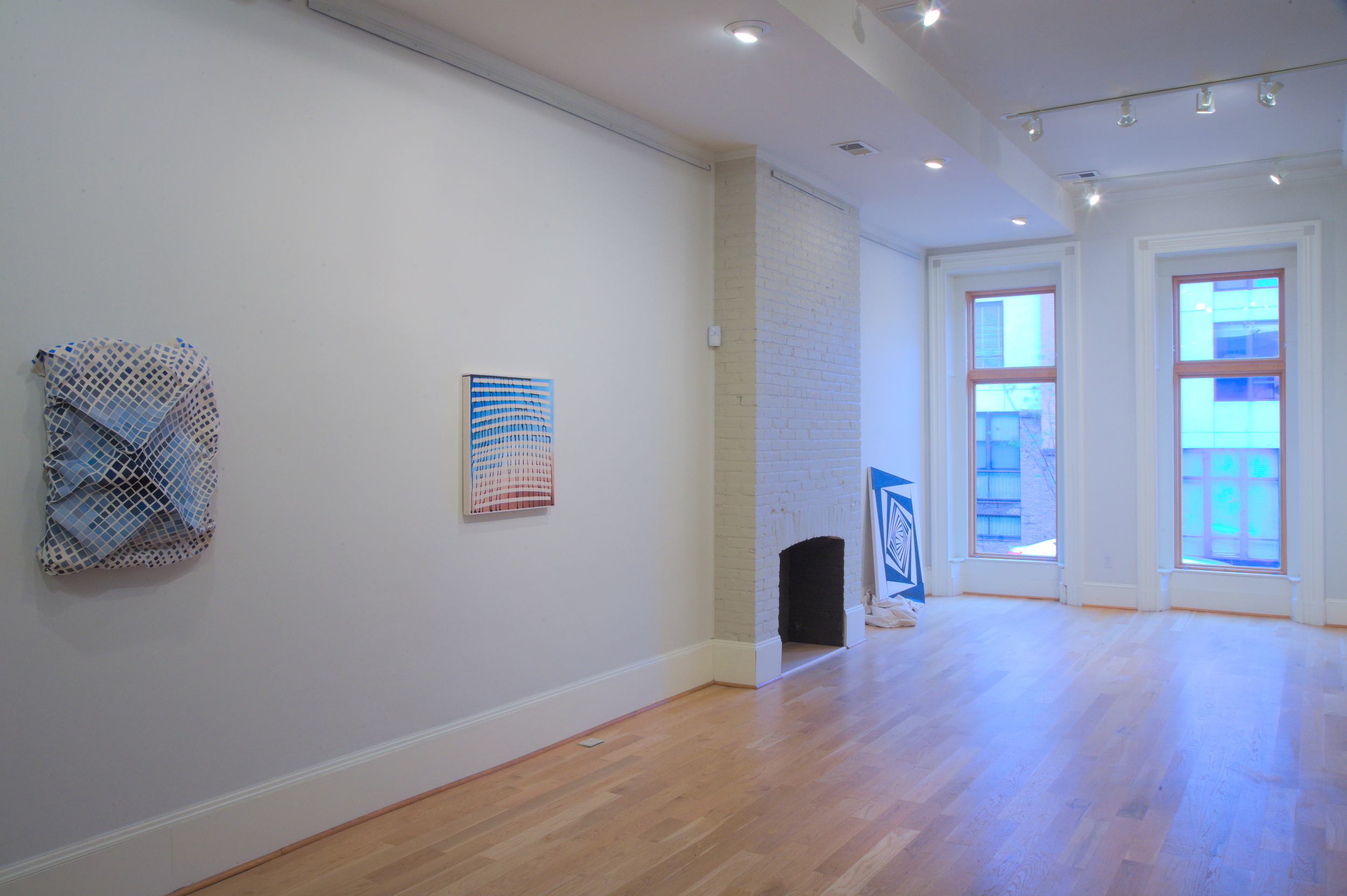

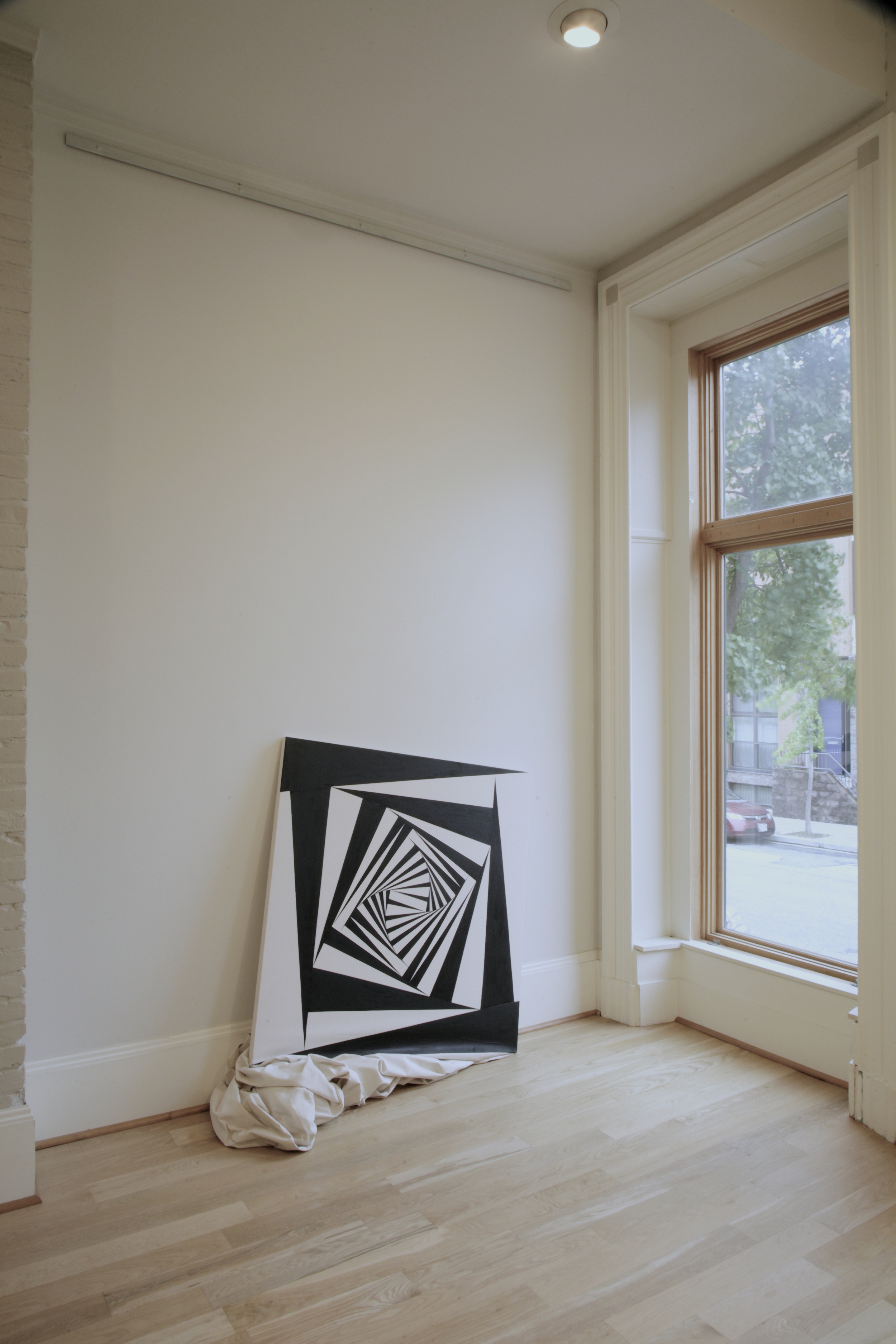
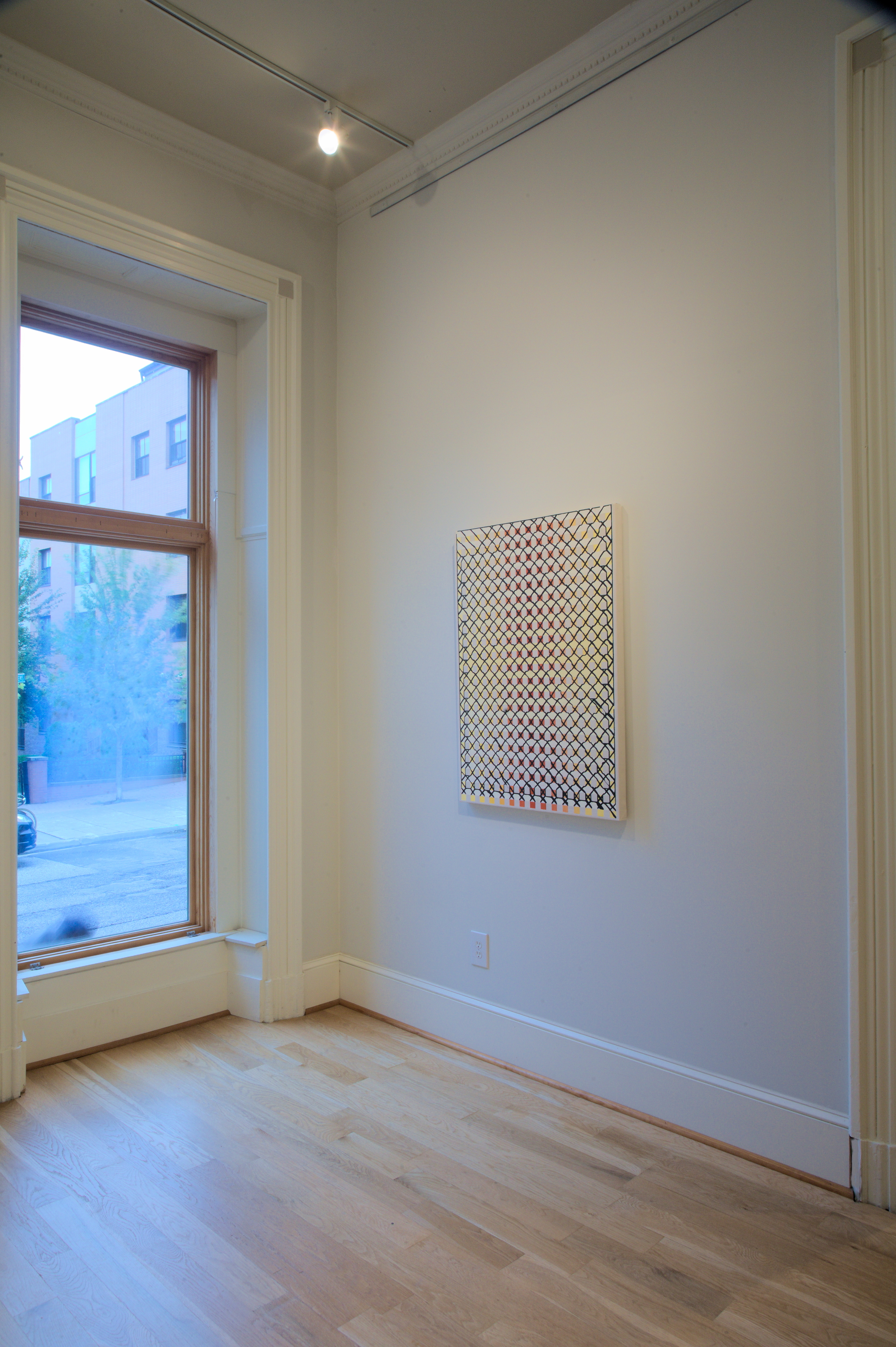
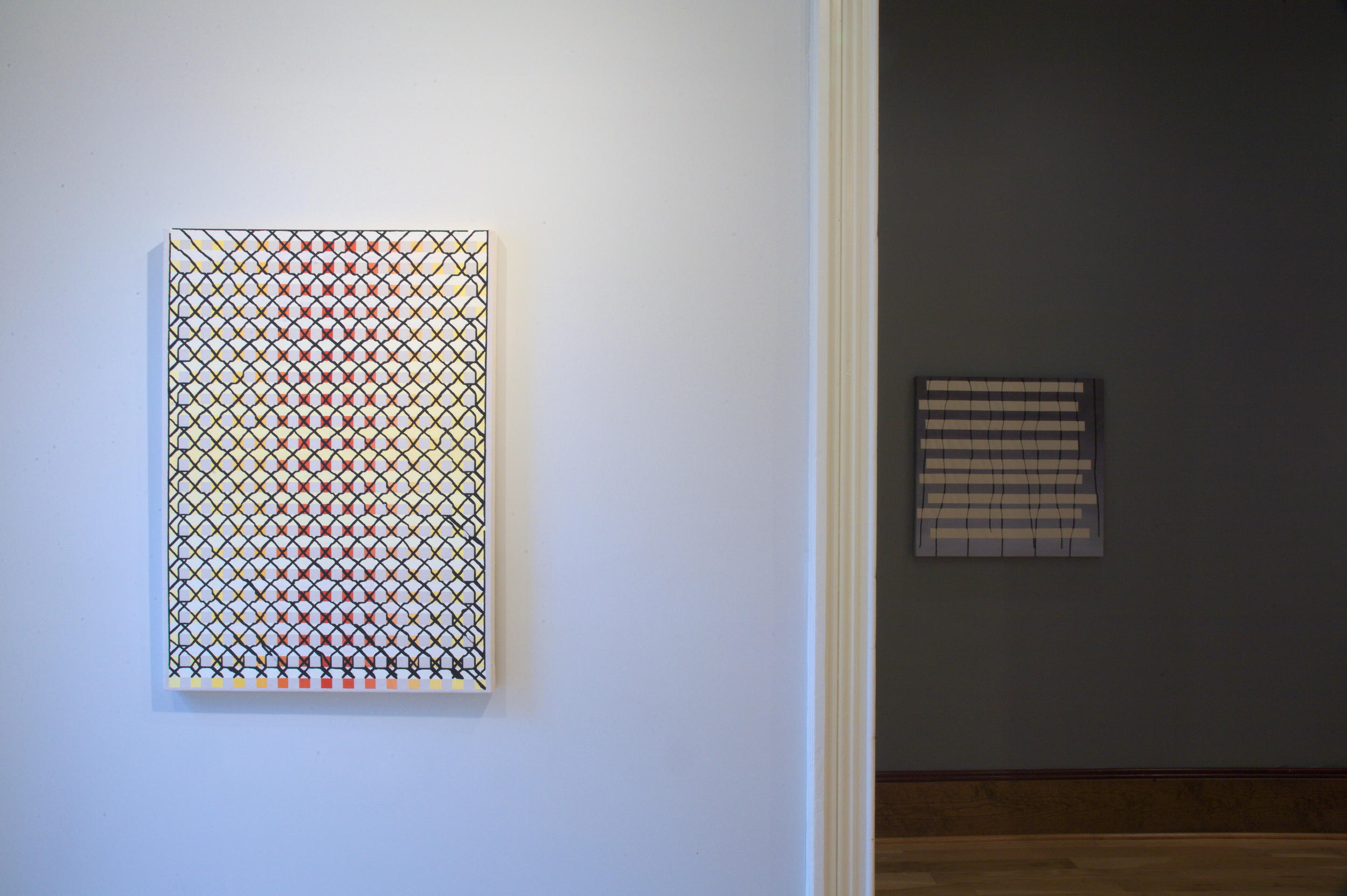
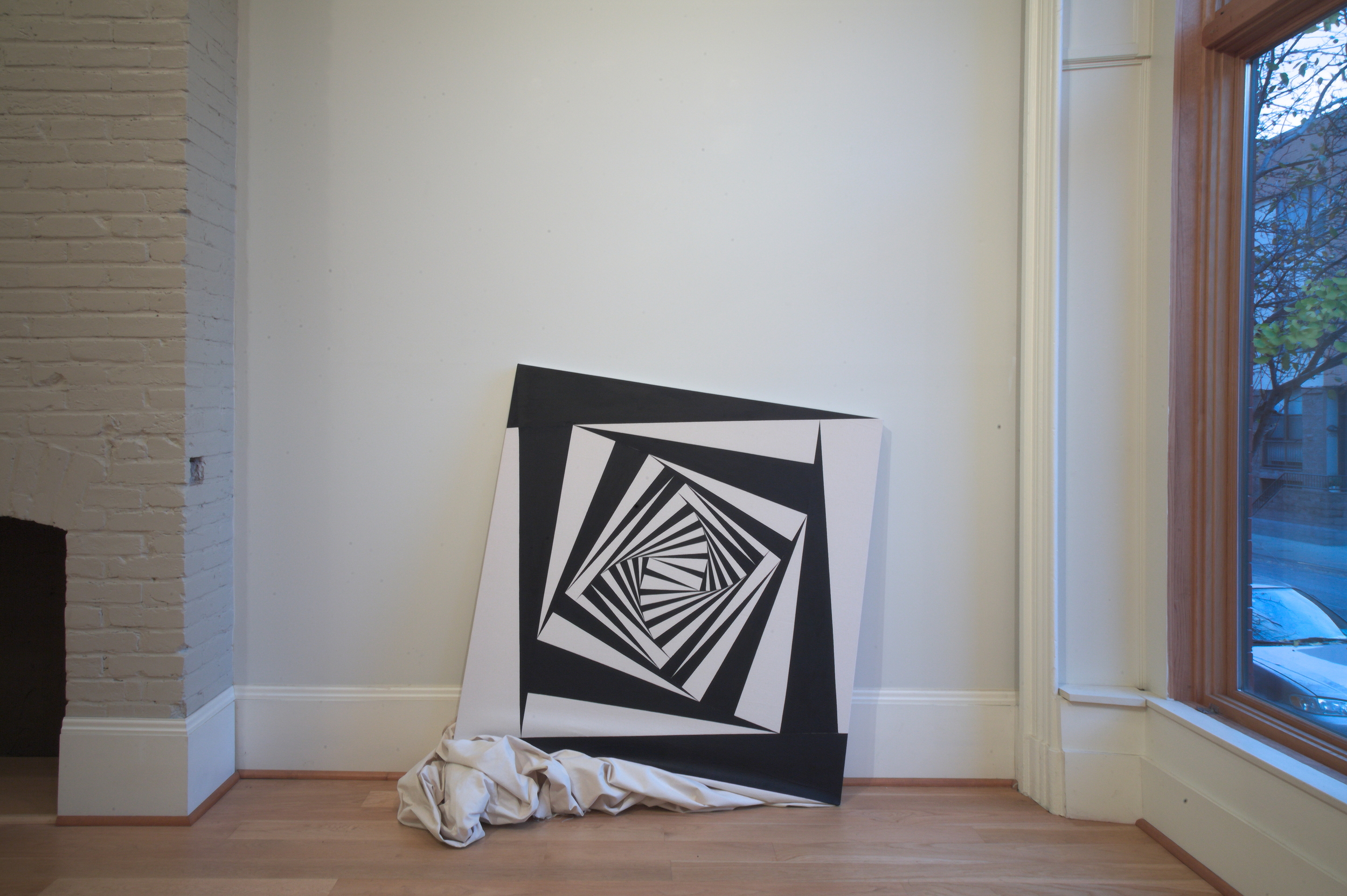
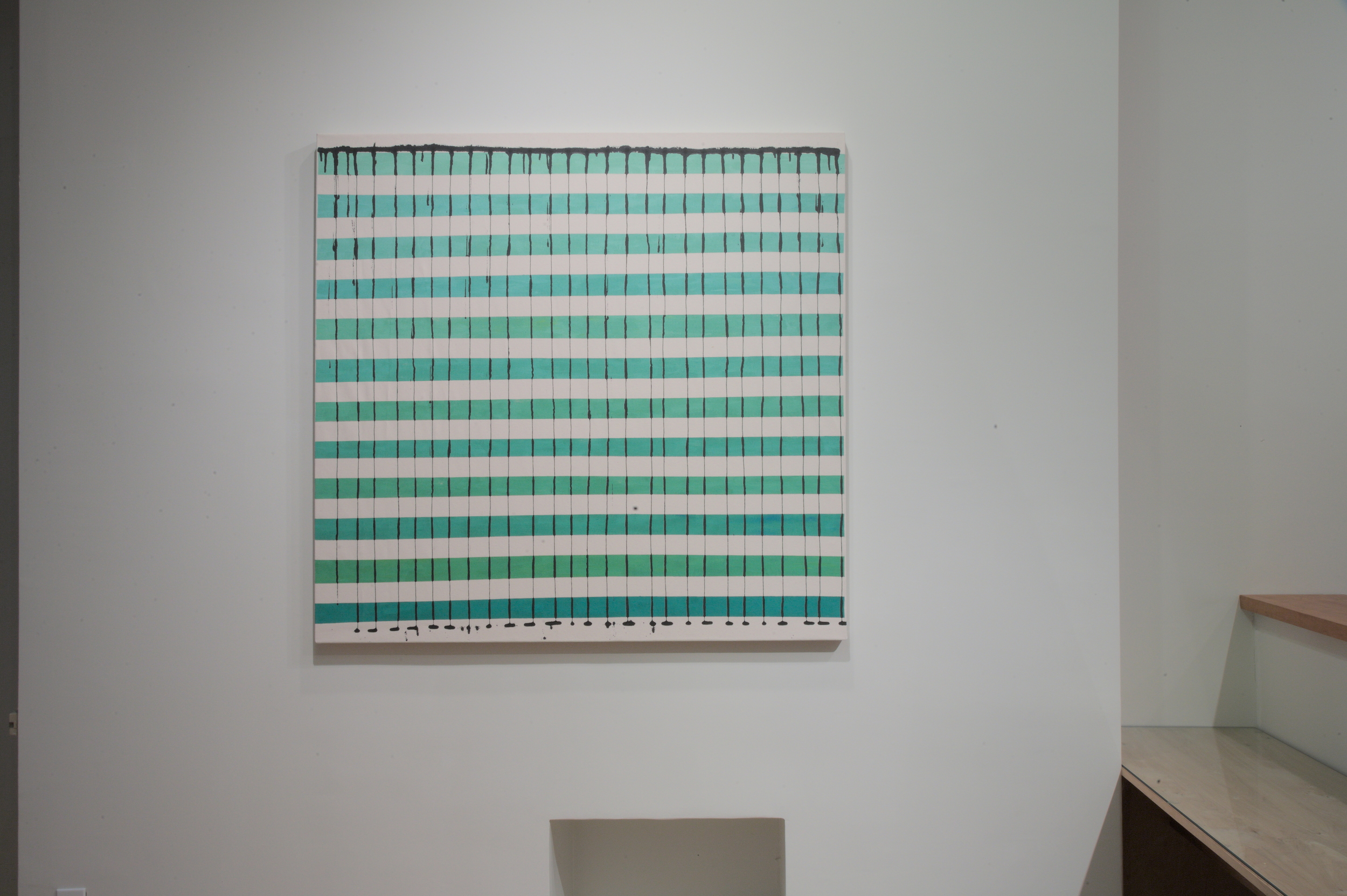
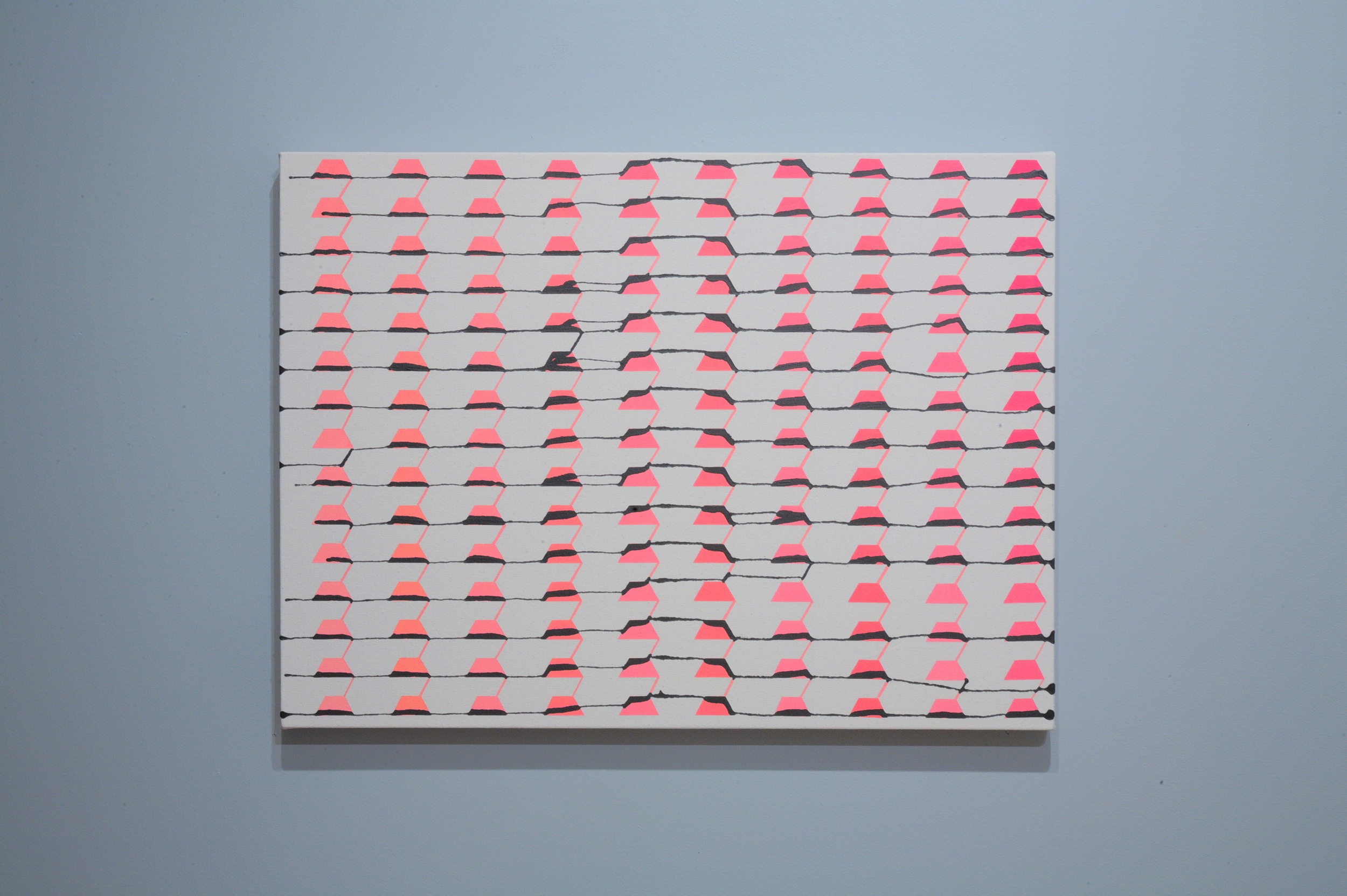
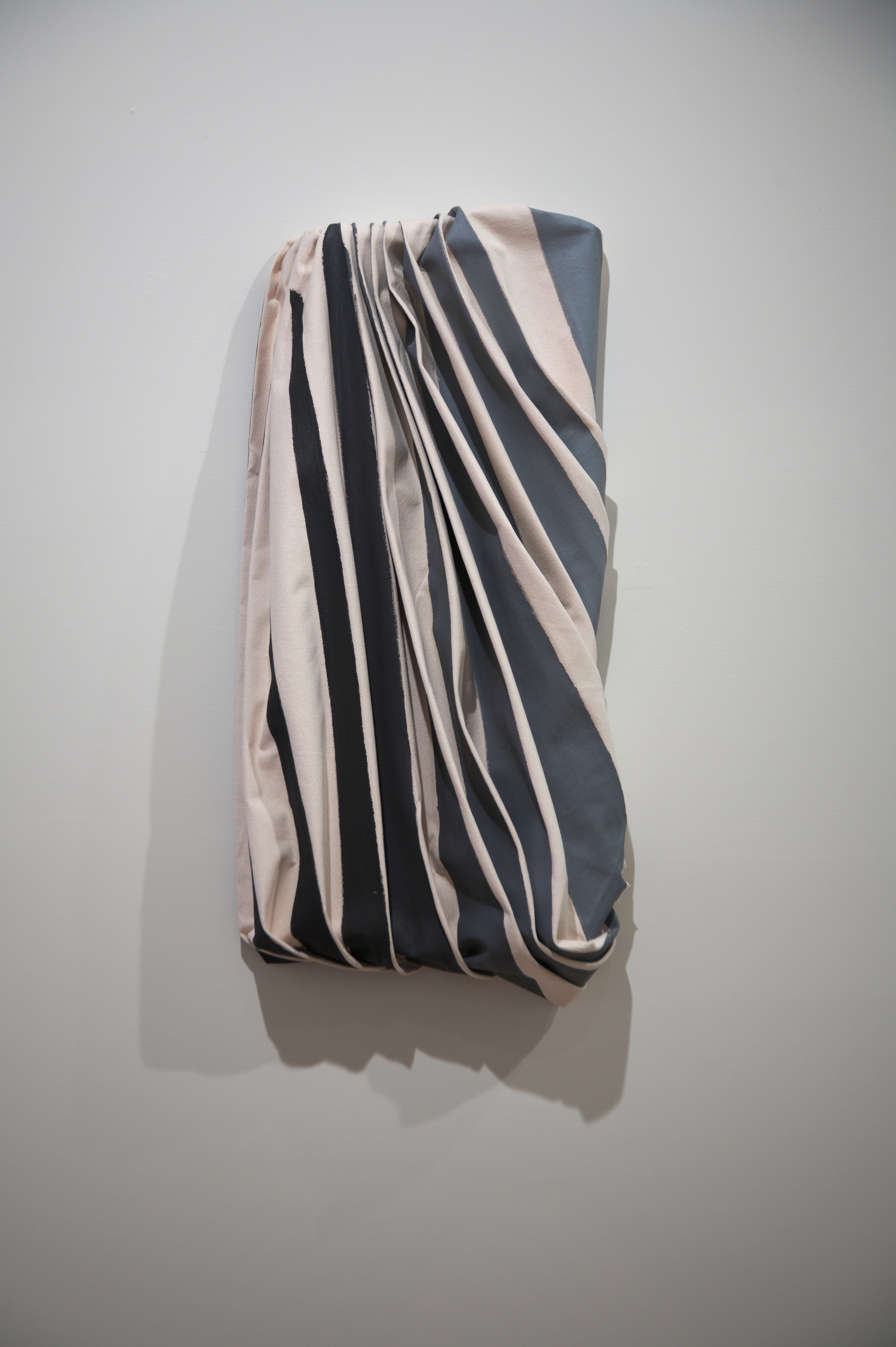
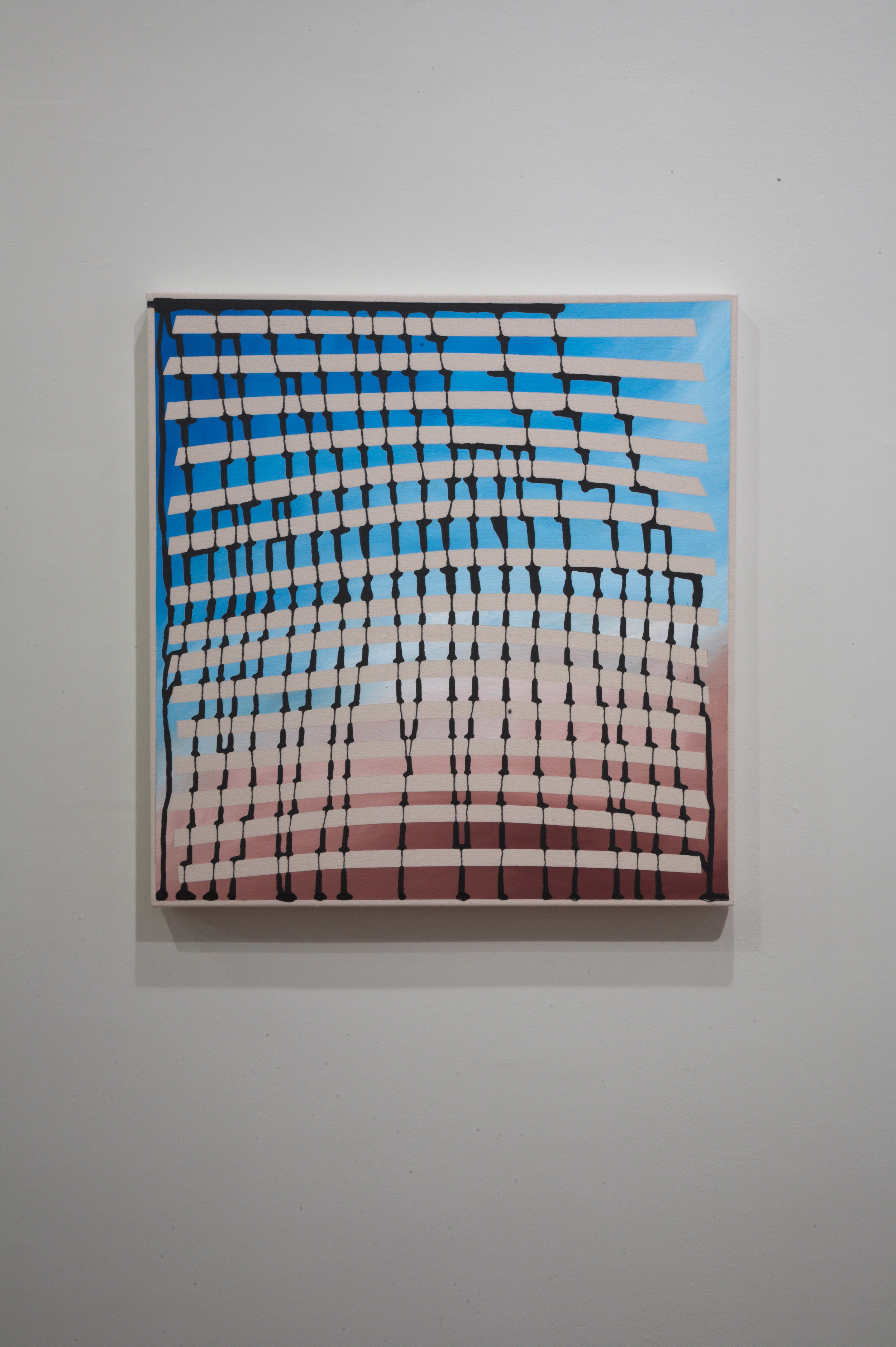
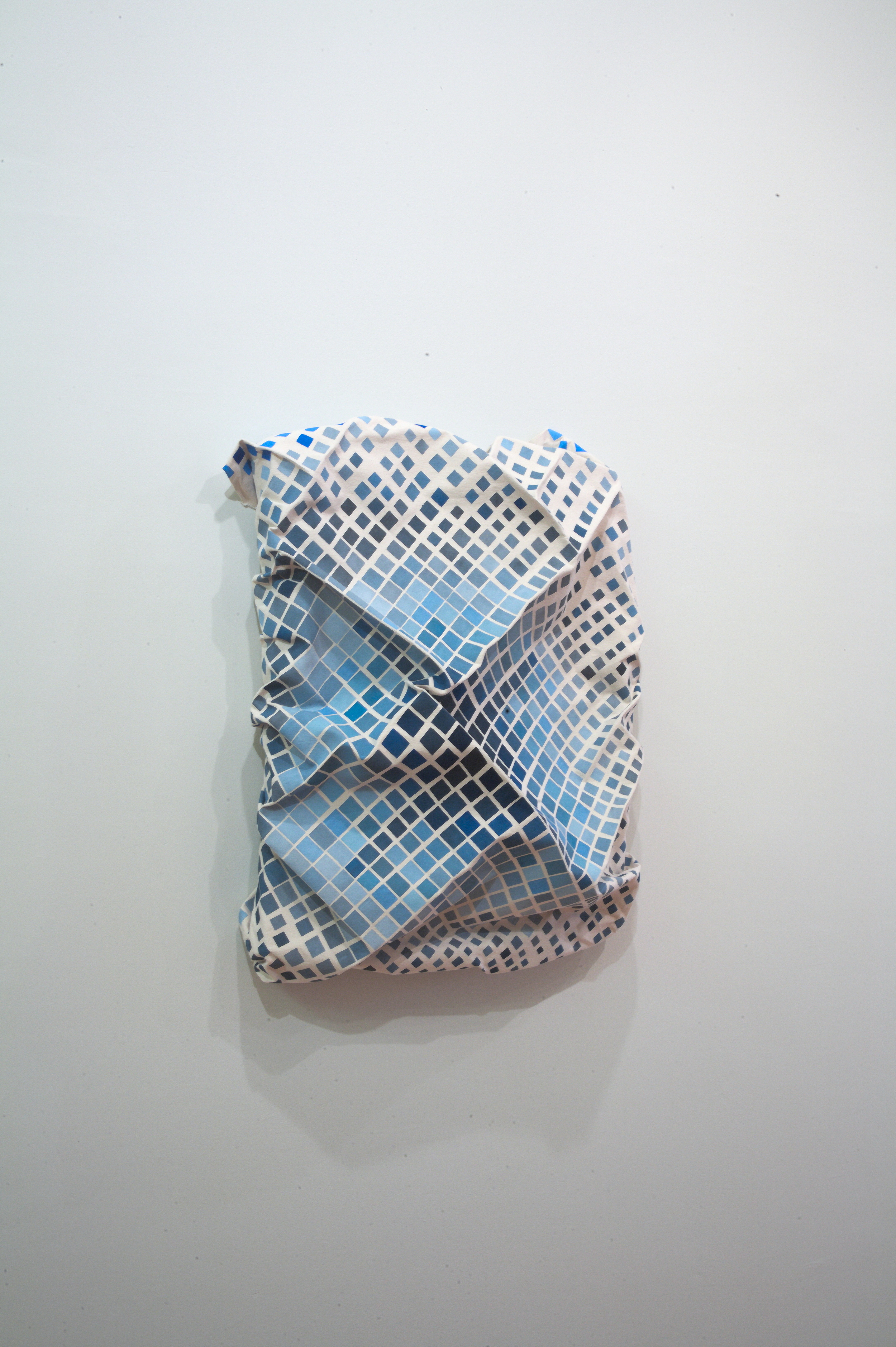
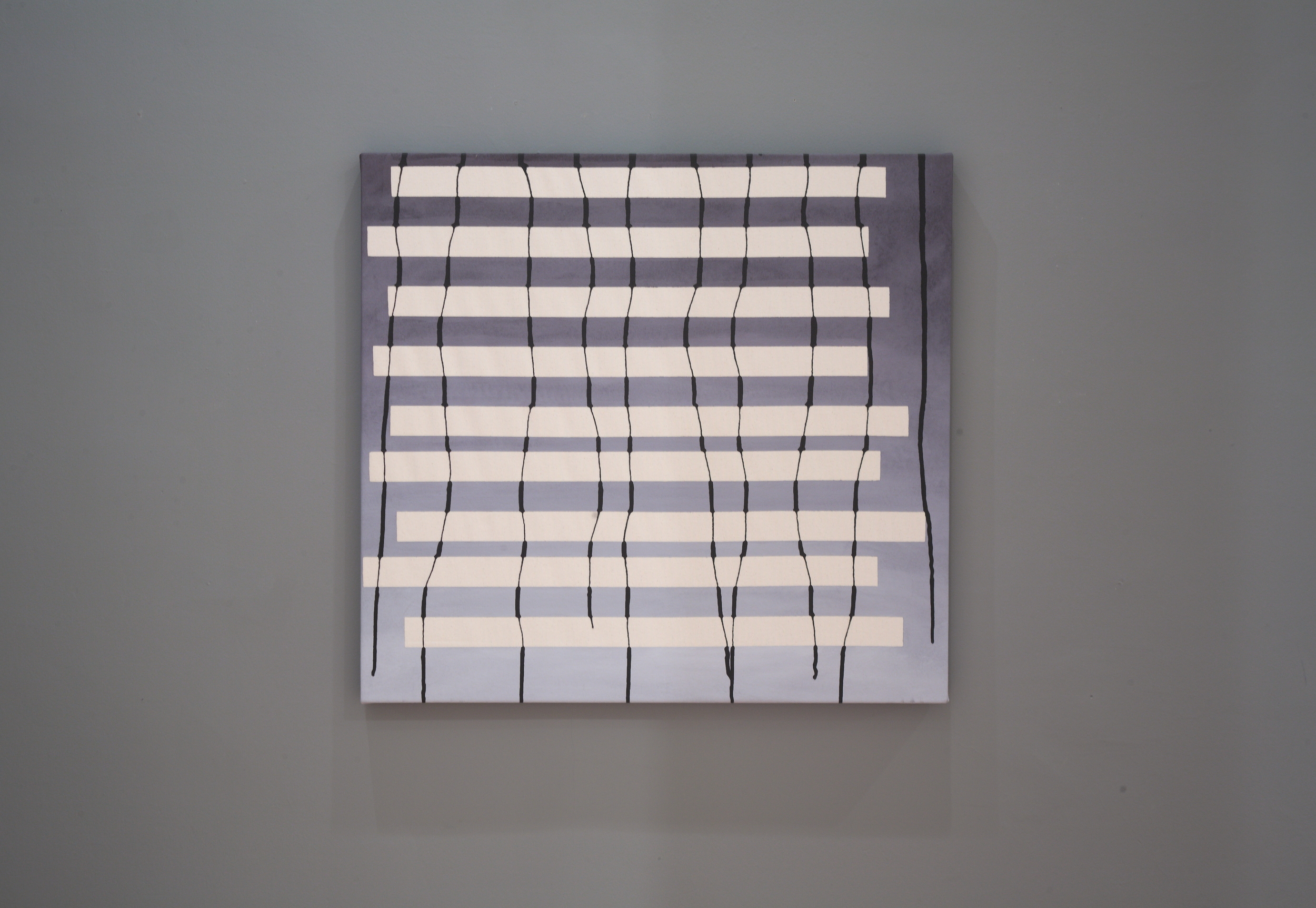
JEAN ALEXANDER FRATER: PAINTING BETWEEN THE MEANS
October 3, 2015 through November 14, 2015
Guest Spot @ The REINSTITUTE is pleased to announce a solo exhibition by Chicago Artist Jean Alexander Frater. The exhibition will open on Saturday, October 3, 2015 and will be on view through Saturday November 14, 2015. The Opening Reception will take place on Saturday October 3, 2015 from 7pm-10pm. Guest Spot’s doors will also be open for ALLOVER STREET, with a special evening of cocktails and light fare on Friday, October 9, 2015 7pm-10pm. An exhibition catalogue will be available featuring a forward by Steven L. Bridges, Curatorial Assistant at the Museum of Contemporary Art Chicago (MCA).
Within the current contextual framework, it’s difficult to discuss the relevance of painting. Our means to measure the world and the objects around us derive from a timeline that evades the comprehension of our technologies. While many art practices still align themselves with the act of seeing the world through painting, gravity has taken hold of the gaze. In a culture where we are wide-eyed to our screens, we have forgotten to blink, to look up, to act, and to rise to the occasion. To engage now is a benign political act, and can even be perceived as a spectacle. It’s through this lens that Jean Alexander Frater’s work presents the tension between surrender and resolution, between the means and the in-betweens. Following the construct and path of gravity is the drip. In this way, the beauty of painting exists between the balance of submission and disobedience.
Jean Alexander Frater lives and works with her family in Chicago. Over the last few years, Frater has been focused exclusively on the materials and process of painting. Frater graduated with a BA in Philosophy, and received her MFA from the School of Art Institute of Chicago. Her work has been exhibited internationally in venues such as the Wexner Center for Arts in Columbus, El Museo Cultural de Santa Fe, the Images Festival in Toronto, Possible Project Space in Brooklyn, the Big Screen Project in New York, the Ben-Gurion airport in Tel Aviv, and the Kulturhuset in Stockholm. Frater was a recipient the Working Artists Grant, 2014; and shortlisted for the Dave Bown Artist Competition: December 2014. In the summer and Fall of 2015, Frater’s paintings are part of two group exhibitions in Chicago: Plane Figures, at The Mission Gallery and The Annual, An Exhibition of New Chicago Art, at the Chicago Artist’s Coalition.
Frater: August 28, 2015
The object of our gaze recently, has been pulled like gravity, downward. We look between our hands to a thin backlit object. Our faces aglow from a personally constructed reality, which has been both knowingly and unknowingly self-curated with each click and “like.” Our world exists not outside of the frame, but deep within it.
Someone once said that a sculpture is something you bump in to when looking at a painting. Painting is sculpture; and the world outside our frame is material. No one is looking at the walls anymore. They are looking at the ground, toward the ground. Our heads are lowered our gaze is down. We are all burdened by the gravity of our gaze. We are all bowing in prayer. Bumping into each other.
The truth is that most of our world has to be understood through the images we send to each other within the frame, and inside virtual space. The things we do and ideas we have are mediated and communicated in this way. It should not go without saying that the objects in this exhibition were initially presented and discussed in this way: virtually. Intentionally, I never brought them to Baltimore and Rod never saw them in Chicago. There is a gap, a space between our idea of a show and the reality of an exhibition.
The paintings are about the weight of materials, and how our perception of painting has changed, because our view of the world has shifted. The world is becoming more and more weightless and immaterial. The work is physical and many of the paintings are struggling or accepting that specific material reality. Gravity propels the black paint down the canvas, and the painted surface directs or changes the quality of the black line. Canvas is stretched or bent or torn or folded around a frame and the object becomes both about how it responds to this physical manipulation, as well as how the surface image helps to change it. Ideas of background and foreground are shifted, away from the surface, to the material itself.
- Jean Alexander Frater
